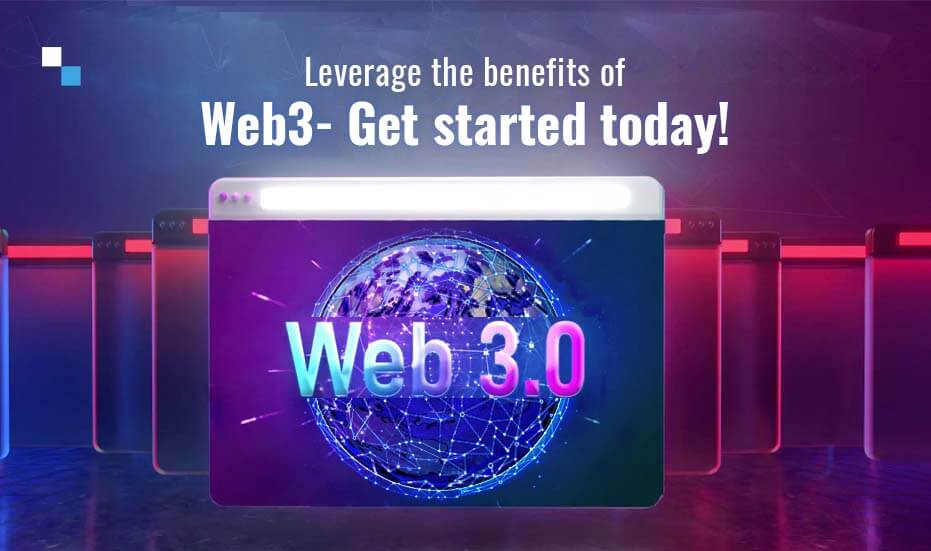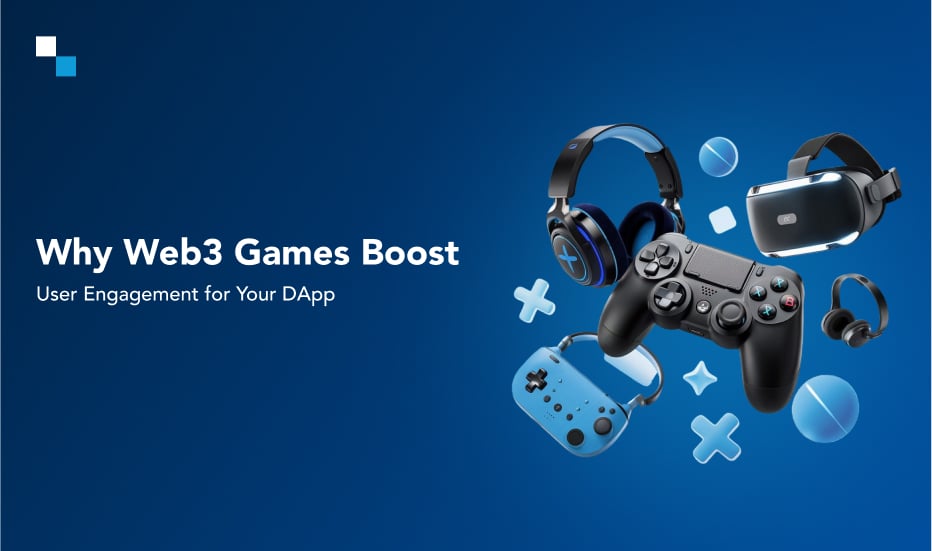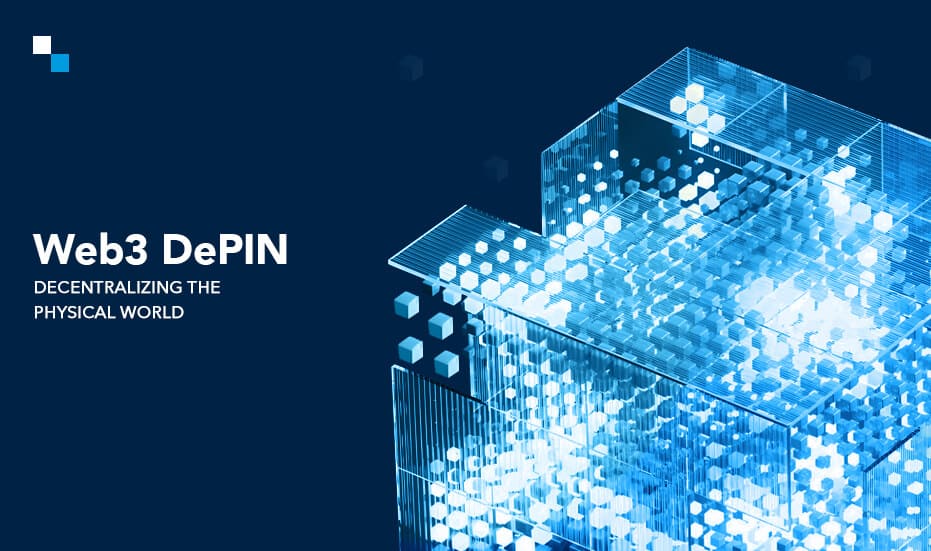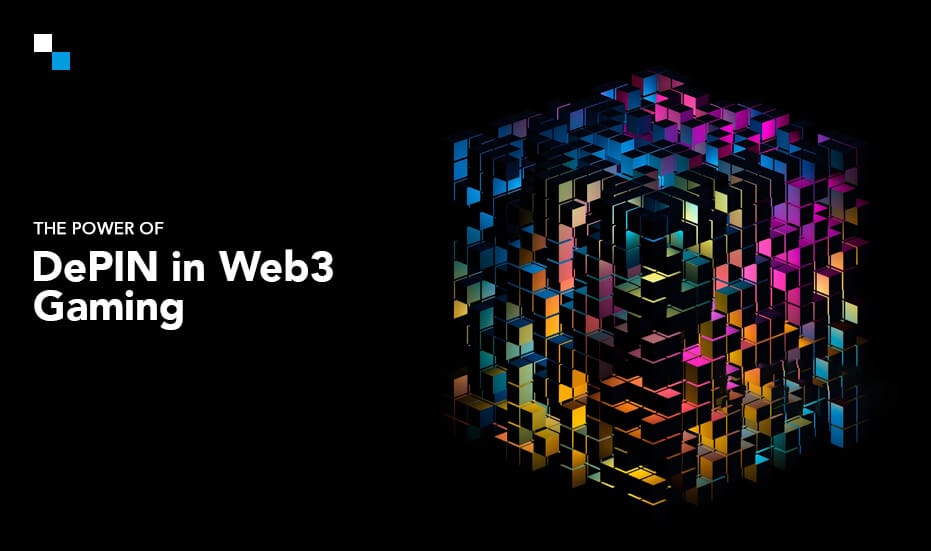
Deploy Your Cryptocurrency Exchange Software Efficiently
April 11, 2023
Explore How to Create a Private Blockchain with Antier
April 11, 2023The world will be far more dependent on technology in the future than it is today. In the future, everything will be technologically connected in unique ways. But for many, it’s still difficult to imagine how tech companies would accomplish this. Well, the solution is very easy! Our information highway- the internet, has evolved into practically everyone’s most valuable asset. Yet the tremendous increase in Internet usage has sparked a new technology wave that is engulfing everything and everyone. Web3 development has changed over time. The changes it has gone through since its start have been extraordinary for a variety of reasons, particularly how they have changed human life
Two significant occurrences from the last ten years will stick in our memories: Facebook’s rebranding as Meta, and the paradigm change from web 2 to web 3. Despite the fact that both innovations had a profound impact, in this insight, we will concentrate on how web3 entertainment affected the IT industry. By 2030, the web 3.0 blockchain market will be valued at more than $87 billion as surveyed by GlobeNewswire. As a result, an increasing number of companies are adopting the style and becoming web3-ready with web3 development services.
How Web3 Entertainment Influences the Media Industry?
Media business structure has undergone significant changes as a result of Web3. Bypassing content aggregators, platform providers, and organisations that gather royalties, Web3 gives users direct control. The users now have more control over how labour is distributed and how much is produced and consumed. The payment-focused use case for Web3 has already been effectively tested in the media sector. Resetting the industry’s procedures for pricing, advertising, revenue sharing, and royalty payments is made possible by decentralised payments. Transactions are now simple, and income distribution is automated. A further improvement in openness is the removal of the central collection of payments or advertising revenues.
We’ll look at a few use examples below to demonstrate how effective Web3 development is:
- New pricing choices for paid content are starting to emerge with the introduction of web3 to the media sector.
- Digital material is more difficult to illegally copy, and micropayments have become economically efficient.
- The advertising industry has become more open thanks to Web3 development.
- Each advertisement’s success can now be tracked and further compensated. Royalty payments can be allocated in real-time with consumption-based utilisation.
- The potential uses and technological advancements of web3 will have a significant effect on the media sector.
- Creators of content will be able to monitor their earnings. Additionally, advertising income will be efficiently distributed based on consumption.
Web3 Entertainment and Social Media Future Integration
We are all social beings at our core. Maybe this explains why we continue to seek out and eventually adopt new forms of communication. Throughout the beginning of time, mankind has embraced new forms of communication. From communicating by signals to expressing our emotions through words, conversations, and emojis, we have gone a long way. Prior to realising the potential of its blockchain-based counterpart, web3 version was to be user-friendly on the internet.
Web3 is a decentralised platform that is controlled by the user base. Users have the ability to control the info as well as take it and share it. With decentralised governance, they also play a crucial part in value creation and decision-making. Blockchain-based social media web3 development services that make use of its decentralised networks are a great example of how web3 manifests in ways conducive to end users. Let’s observe how Web3 will affect social networking.
The users will first interact with one another on a social network built on a peer-to-peer blockchain. This is accomplished using a web3 wallet, which is effectively a distinct online user profile. The underlying blockchain network will keep track of the user’s actions within the web3 ecosystem. Some platforms will also give users a token, which is the network’s in-house money.
Leverage Web3 Development Services for Top Industries
1. BSFI
With blockchain, immersion technologies, and AI, BFSI Web 3.0 will be able to alter banking, financial services, and insurance. Users and owners of platforms, services, and other entities can connect directly to financial systems via web3 banking. There won’t be any intermediates due to Web3 development. As a result, the transactions won’t involve extra costs like processing fees and transaction fees.
2. Blockchain and Cryptocurrency
An answer to enabling interoperability across several blockchain networks is a cross-chain bridge. Web2 is run by tech behemoths like Meta and Google. DAOs, also known as decentralised autonomous organisations, are its Web3 equivalent. Some of the many effects of Web 3.0 on blockchain and cryptocurrency include cross-chain links, DAOs, dApps, DeFi, and NFTs. An NFT is a token that is kept in a blockchain and has a distinctive cryptographic hash.
Decentralized blockchain is used by decentralised finance to speed up the provision of financial services. All cryptocurrencies, including bitcoin and other cryptocurrencies, are Web 3 apps that act as a substitute for or virtual version of fiat currency. dApps are blockchain-based applications that make use of smart contracts. As a result, service performance can be recorded in an immutable ledger.
3. EdTech
The term “EdTech,” which stands for “educational technology,” is emerging as a vast sector that is creating billions of dollars in revenue globally, providing high-paying employment, and fostering connections and interaction between students and those who enjoy teaching. There are 30 EdTech unicorns in total, according to Holon IQ, with a collective value of $89 billion. A key component of web3 development services is improving how edtech services are delivered. Adding AI to an edtech service makes it easier for companies to offer individualised learning opportunities. Better methods to teach are also part of Web 3.0. Using tools like VR and AR, teachers can show their lessons to students and encourage their active participation in the classroom in addition to speaking about them.
4. Gaming
Future technology, whether it be Web3, NFTs, or VR game creation, benefits video games. Unlike to other sectors that are still figuring out how to apply web3 technology, the use of concepts like VR, AR, blockchain, and NFTs in video games is already generating significant media attention. All platforms, including PCs, consoles, mobile devices, and the web, have access to these video games.
5. Travel
The travel sector will be significantly impacted by Web 3. Immersion technologies (AR, VR, and MR) are enabling passengers to virtually visit a place and personalising the experiences, so we are starting to see it. While augmented technology can make business and professional travel more formal and individualised, virtual reality can allow tourists to explore an area before making a reservation.
Your Concepts Can Become a Reality with Web3 Entertainment
With new developments occurring in the web3 arena, entertainment will advance and become much more robust, user-focused, and safe than it is right now. The web3 entertainment market appears to be more open, safe and audience-based as it goes through transformative changes. Now that amusement and Web3 development have magically combined, we can experience everything that previously seemed unattainable. The unique opportunities that web3 entertainment will offer in the future will be fascinating to see. Businesses will gradually join Web 3.0 by recognising the possibilities it offers as time goes on.
If your company wants to be Web3-ready, now is the time to make the changes that will propel it through the upcoming online evolution to new heights of success. Contact Antier if you’re searching for reliable web3 development services.



